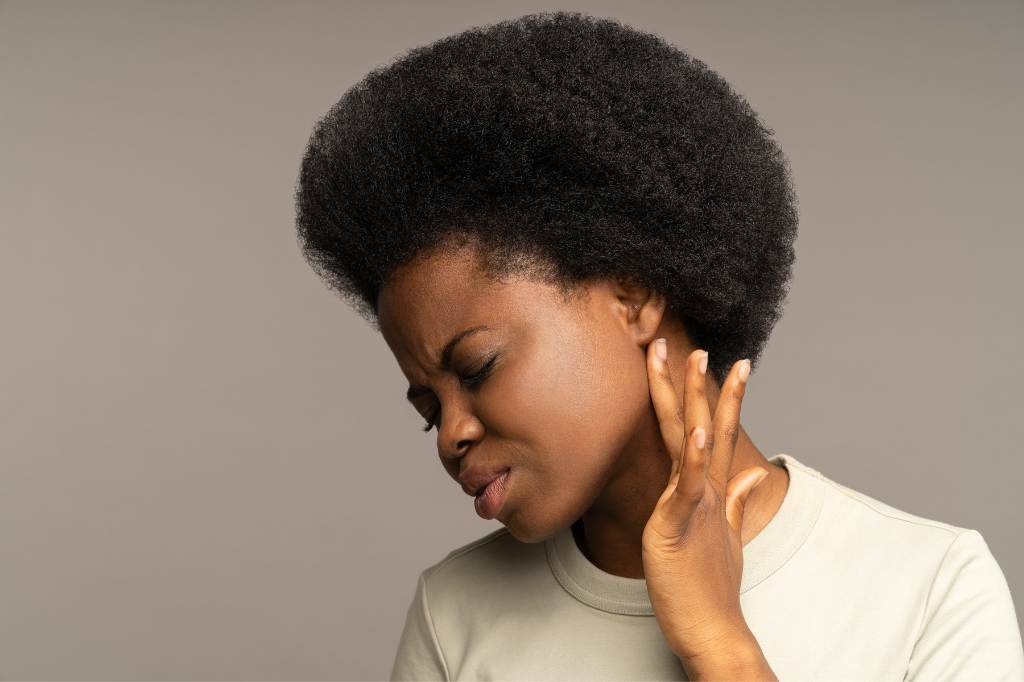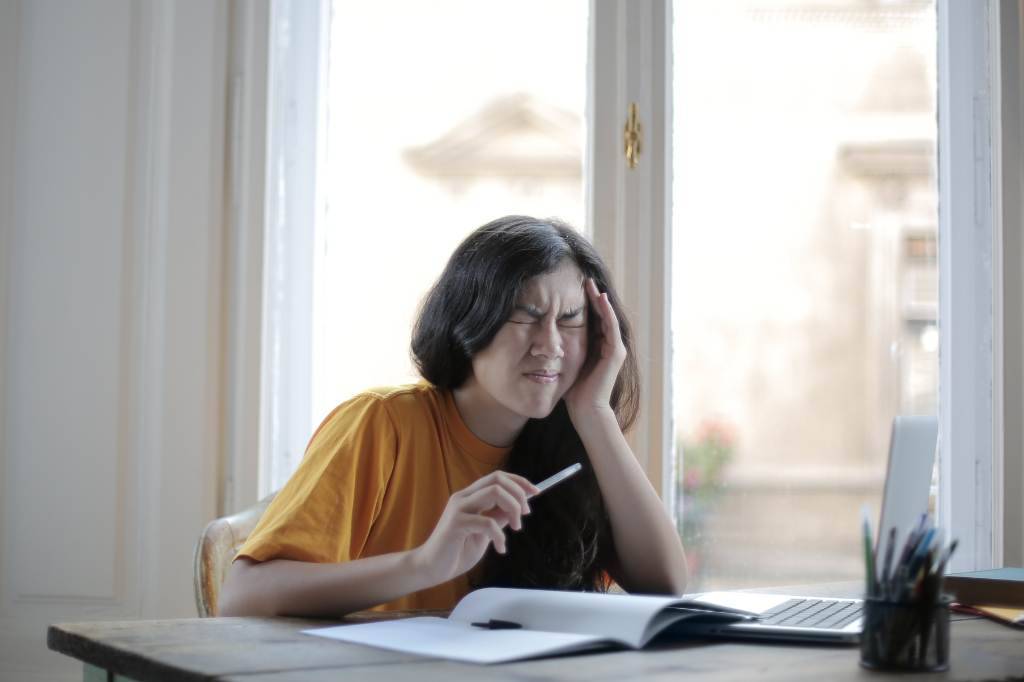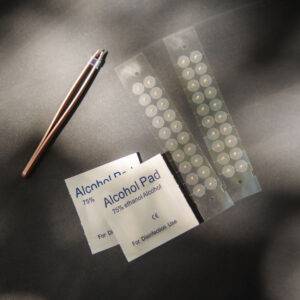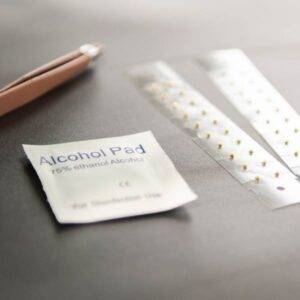Before putting any product in or on your body, it’s wise to inform yourself of the benefits versus risks, including potential side effects.
That goes for ear seeds too. Fortunately, ear seeds side effects have been documented in individual research studies. The results of that documentation are in a comprehensive analysis, Adverse Events of Auricular Therapy: A Systematic Review, published in Evidence-Based Complementary and Alternative Medicine in 2014. The authors of this paper reviewed 43 documents, ranging from randomized controlled trials, to uncontrolled and controlled clinical trials, to case reports.
Before we dive into the ear seeds side effects, it’s important to note that overall, reactions to ear seeds were described as “short-term, mild, and tolerable.” Not only that, but the authors touted auricular acupressure (acupressure of the ears, such as with ear seeds) as being more favorable than other types of therapies like cupping or acupuncture. Moreover, ear seed acupressure is accessible (reminiscent of our mission of “every ear seeded”) and non-invasive.
Ear seeds side effects
Local skin irritation, discomfort or itchiness
One of the ear seeds side effects was mild and temporary irritation, discomfort or itchiness at the site on the ear where the ear seed was affixed to the skin. This is most commonly caused by the adhesive tape’s tight grip on the skin. Allergies to the materials used in the seed, such as metals or the adhesive, could be a contributor as well, though. Changing types of ear seeds from metal or magnet to plant seeds was found to be a remedy in these cases.
Mild tenderness or pain
There are several potential reasons for ear seed discomfort, or even pain, and we wrote a blog post, “Why do my ear seeds hurt?,” that not only addresses those reasons, but also provides suggestions for relieving the discomfort.
In this paper specifically, ear seed tenderness and pain was observed most in patients or clients receiving auriculotherapy for the first time. For them, reducing the manual stimulation and intensity of the seeds was helpful in providing relief from the tenderness they were experiencing.
Dizziness
Although dizziness was seen by the researchers less in patients who received acupressure than in patients who received acupuncture, it was still found to be one of those ear seeds side effects that we want to avoid or at least bring caution to. In weak or elderly patients, especially, dizziness after ear seeding should be assessed, to prevent falls or other disasters.
Again, first time patients, as well as patients who are anxious about the treatment or have general weakness or hypoglycemia, can be more prone to the ear seed side effect of dizziness. As with the other side effects, removing the stimulation of the ear seeds should provide relief from that sensation.

4 things to look for when getting ear seeds
In the article’s “Implications for Future Research and Practice” section, four considerations for ear seeding are listed. If you’re considering a consultation by an ear seeds practitioner, be sure these get checked off the box:
- Ear seeding should only be done by practitioners who are qualified and trained to administer this type of therapy.
- The qualified practitioner should assess the patient or client before seeding. In other words, they should look out for, and ask about, anything that could potentially cause harm or a reaction. Examples include an allergy to the metal or adhesives used for the ear seeds, or a weak or elderly patient who might need to be reclined a bit.
- Patients or clients receiving auriculotherapy should be given informed consent, including a list of what to avoid while receiving the treatment.
- Treatments with ear seeds should be reasonable, ensuring that pain from the ear seeds remains minimal — and that if it starts to become an issue, the ear seeds and/or treatment plan are adjusted accordingly. Also, patients should be encouraged to rest their ears in between seeding sessions. Using ear seeds to provide relief or support in the body is a marathon, not a sprint.
To sum it up
In conclusion, as we explore the potential side effects of ear seeds, it’s crucial to emphasize that the general consensus highlights these reactions as transient, gentle, and easily manageable. Furthermore, the efficacy, accessibility and non-invasive nature of ear seed acupressure align seamlessly with our vision of making the practice of “every ear seeded” a reality.
References:
Tan, J. Y., Molassiotis, A., Wang, T., & Suen, L. K. (2014). Adverse events of auricular therapy: a systematic review. Evidence-based complementary and alternative medicine : eCAM, 2014, 506758. https://doi.org/10.1155/2014/506758




